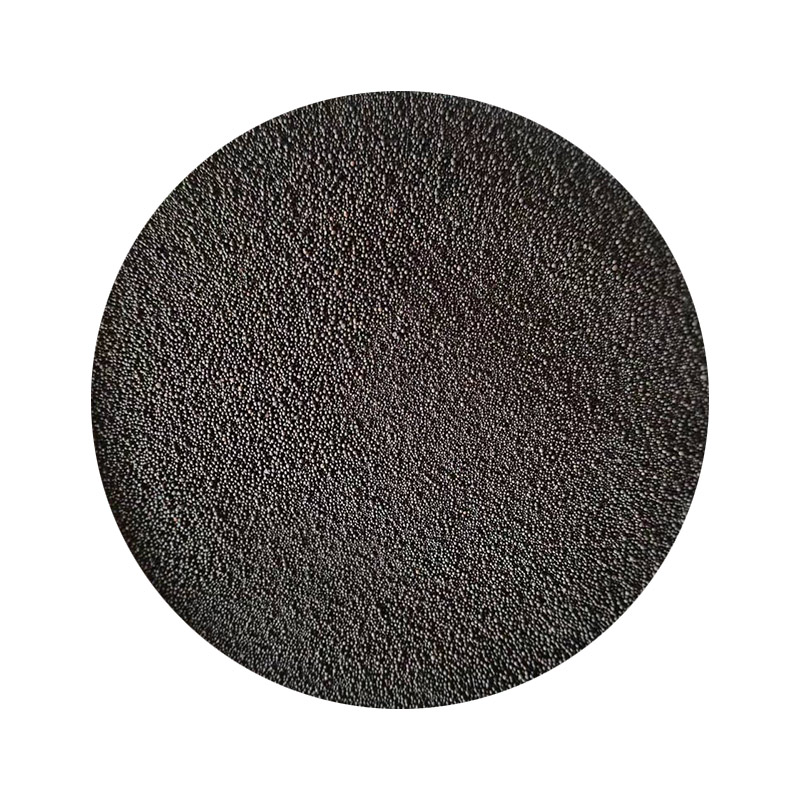The Importance of Foundry Sand Testing in Metal Casting
Foundry sand testing plays a crucial role in the metal casting industry, ensuring that the sand used in the casting process meets specific quality requirements. Sand is a primary mold material in which molten metal is poured to form various components and structures. The characteristics of foundry sand significantly influence the final product's surface finish, dimensional accuracy, and overall quality. Therefore, implementing rigorous testing procedures for foundry sand is essential for the success of foundry operations.
Foundry sand, typically composed of silica, is favored because of its excellent properties, such as permeability, refractoriness, and the ability to retain shape when mixed with a binder. However, the quality of the sand can vary based on its source, processing, and environmental factors. This variability necessitates comprehensive testing to ensure that the sand can withstand the rigors of the casting process without compromising the integrity of the molds.
One of the primary tests conducted on foundry sand is the grain size analysis, which determines the distribution of sand particles. The grain size influences the mold's permeability and strength. A well-graded sand mixture allows for optimal airflow during the pouring of molten metal, reducing the likelihood of defects such as gas porosity. Conversely, sands that are too fine can hinder airflow, leading to trapped gases and an increase in defects. Typically, the ideal grain size for foundry sand ranges from 0.5 mm to 0.7 mm, striking a balance between permeability and strength.
Another important testing aspect is the determination of moisture content. Excess moisture in the sand can lead to significant issues during the casting process, including expansion and cracking of the molds. Consequently, foundries implement tests to measure the sand's moisture content, ensuring it remains within acceptable limits, typically ranging from 2% to 6%. Maintaining the proper moisture level helps ensure the consistency and reliability of the casting process.
foundry sand testing

The strength of the sand is another critical factor influencing mold integrity. Foundry sand exhibits two types of strength green strength and dry strength. Green strength refers to the sand's ability to hold its shape when wet, while dry strength is measured after the mold has been baked or heat-treated. Both strengths are tested using various methods, including compression tests and shear tests. A strong mold is essential for maintaining shape during the pouring of the molten metal and preventing defects in the final casting.
Furthermore, the thermal stability of foundry sand is vital. It must withstand the high temperatures of molten metal without breaking down or releasing harmful fumes. Testing the thermal properties of the sand ensures that it can resist thermal shock and maintain its structural integrity under high-temperature conditions. Foundry sands are often required to have a higher refractoriness index to prevent them from fusing with the metal or losing their shape.
Lastly, examining the chemical composition of the sand is essential, especially when using reclaimed or recycled sand. Impurities such as clay, silt, and organic matter can adversely affect the molding properties and overall quality of the castings. Tests such as sieve analysis and chemical composition tests help identify these impurities, guiding the foundries in making necessary adjustments or selecting alternative sand sources.
In conclusion, foundry sand testing is a fundamental aspect of the metal casting process. Through various tests, foundries ensure that the sand used meets the required specifications for grain size, moisture content, strength, thermal stability, and chemical composition. Adhering to these testing protocols not only enhances the quality of metal castings but also reduces the occurrence of defects and increases overall productivity. As technology advances, the methods of testing foundry sand will continue to improve, paving the way for even higher quality standards in the metal casting industry. The ongoing commitment to rigorous testing and quality control in foundry operations ultimately leads to better products and greater customer satisfaction.
Post time:Dez . 30, 2024 02:45
Next:wet sanding ceramics
